LG just dethroned Samsung in a key TV battleground – and it wasn’t with an OLED
The battle for Mini LED dominance is getting heated
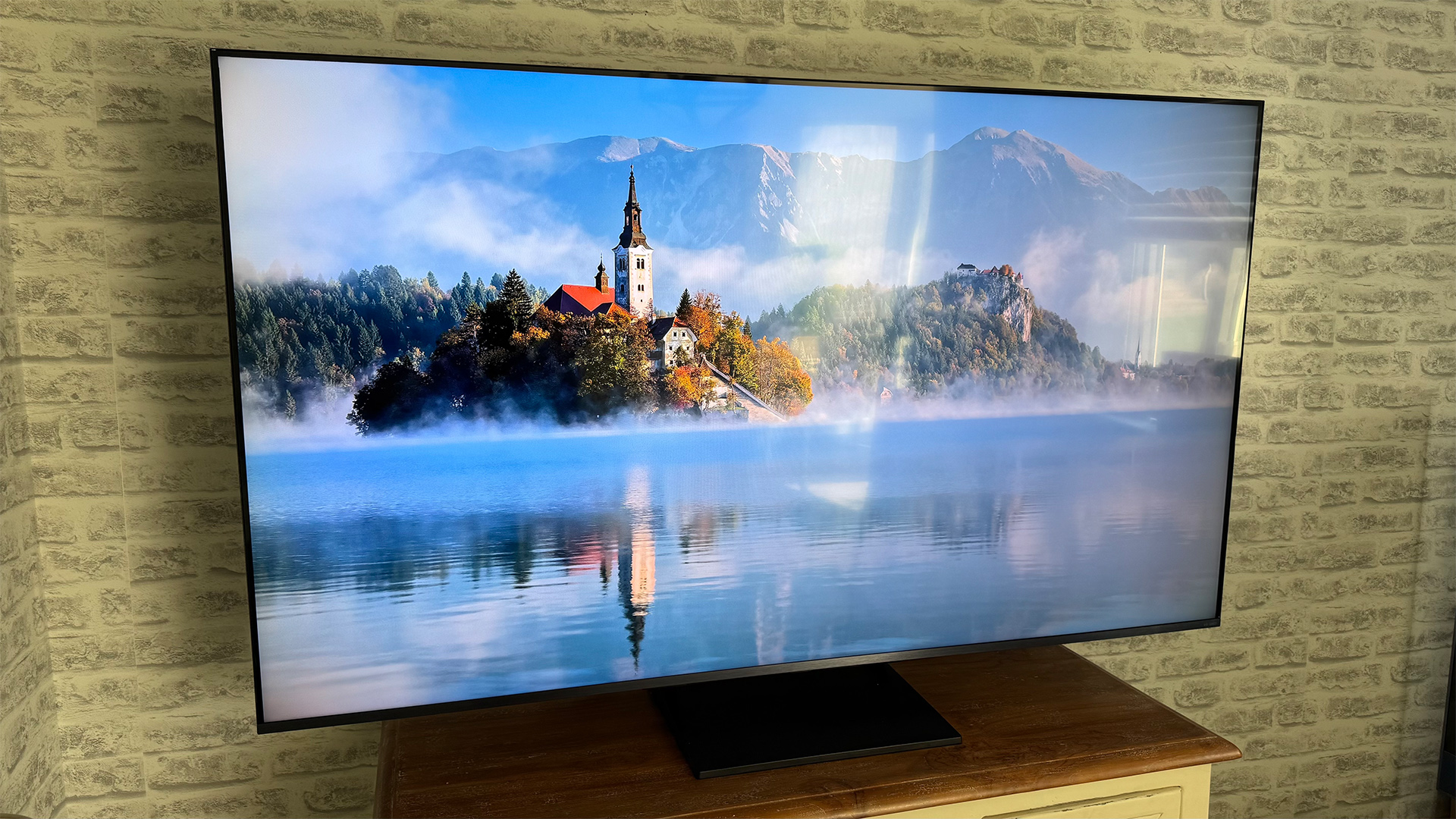
Mini LED is an increasingly common sight on many TVs' specification sheets in both the mid and upper end of the market.
Samsung, TCL, Hisense, Sony and more are all currently championing the technology – and some go so far as to claim it is superior to OLED.
While we don’t agree with that necessarily – most of the more expensive sets in our best TV guide are OLEDs – the fact that this week LG joined the Mini LED market with its QNED93 set, shows that the technology still has plenty of room for growth.
Surprised? We were too, considering LG’s position as the main manufacturer and champion of OLED panels. But here we are; the world’s full of surprises right now.
Putting the LG QNED93 through its paces in our AV test room, we were blown away by how well it performed against its Mini LED rivals. Much of that is down to it sharing a lot of the common DNA that made its OLED sibling, the LG C5, great.
For starters, it has flawless gaming specifications. At its rear are four full-fat HDMI 2.1 inputs that can run games at up to 4K/144Hz – for context the PS5 and Xbox Series X/S tap out at 4K/120Hz.
There’s also variable refresh rate (VRR) and auto low latency mode support (ALLM), which will let the TV intelligently adjust its framerate to match the signal it's receiving and reduce latency while playing.
The latest hi-fi, home cinema and tech news, reviews, buying advice and deals, direct to your inbox.
Finally, unlike its Samsung rival, there is Dolby Vision gaming support – which will be a boon for Xbox owners and will mean that compatible titles will have an added level of contrast and dynamic range.
Most importantly, though, it offers stellar picture quality, and manages to mitigate many of the common issues we encounter with Mini LED.

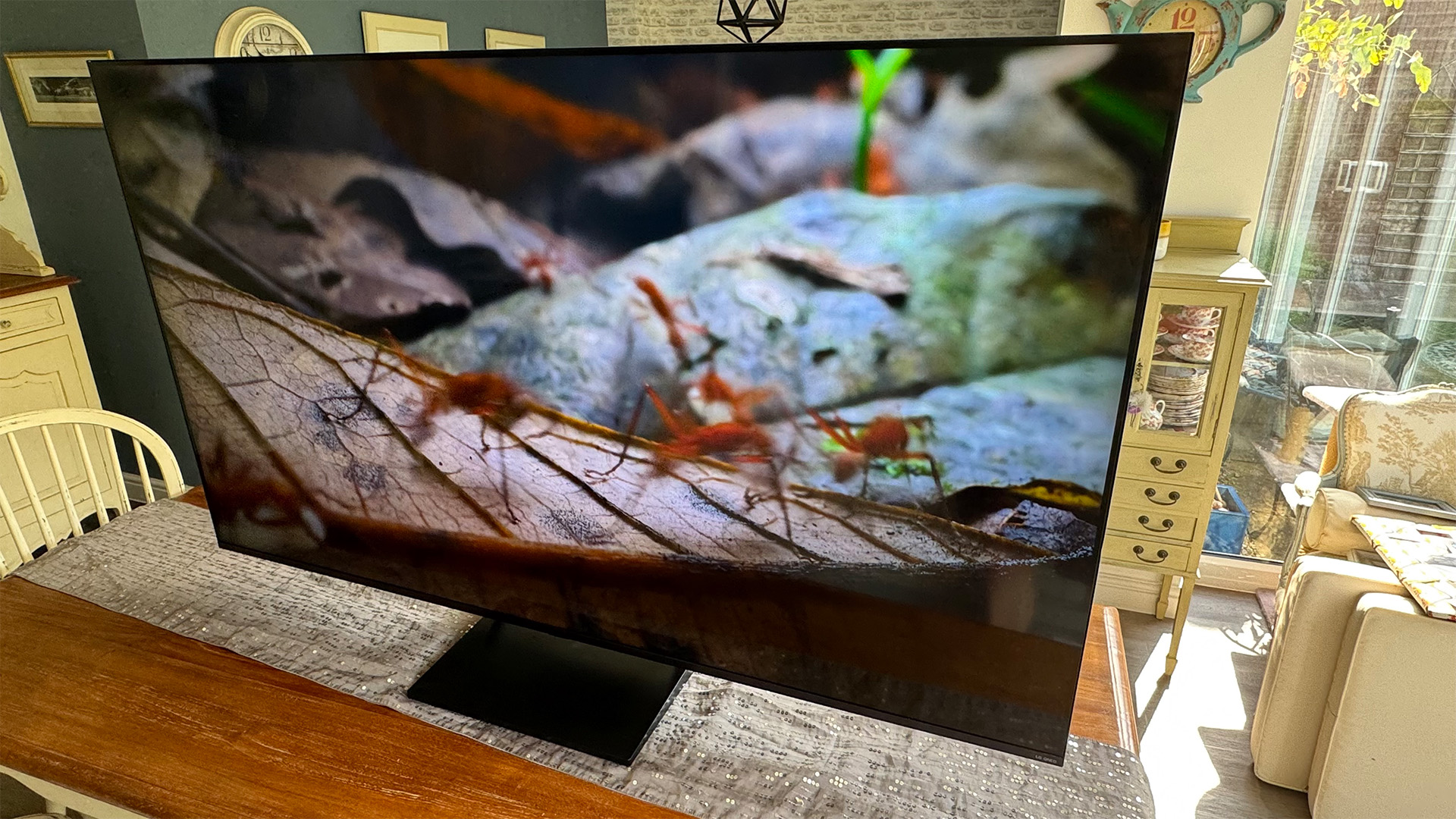
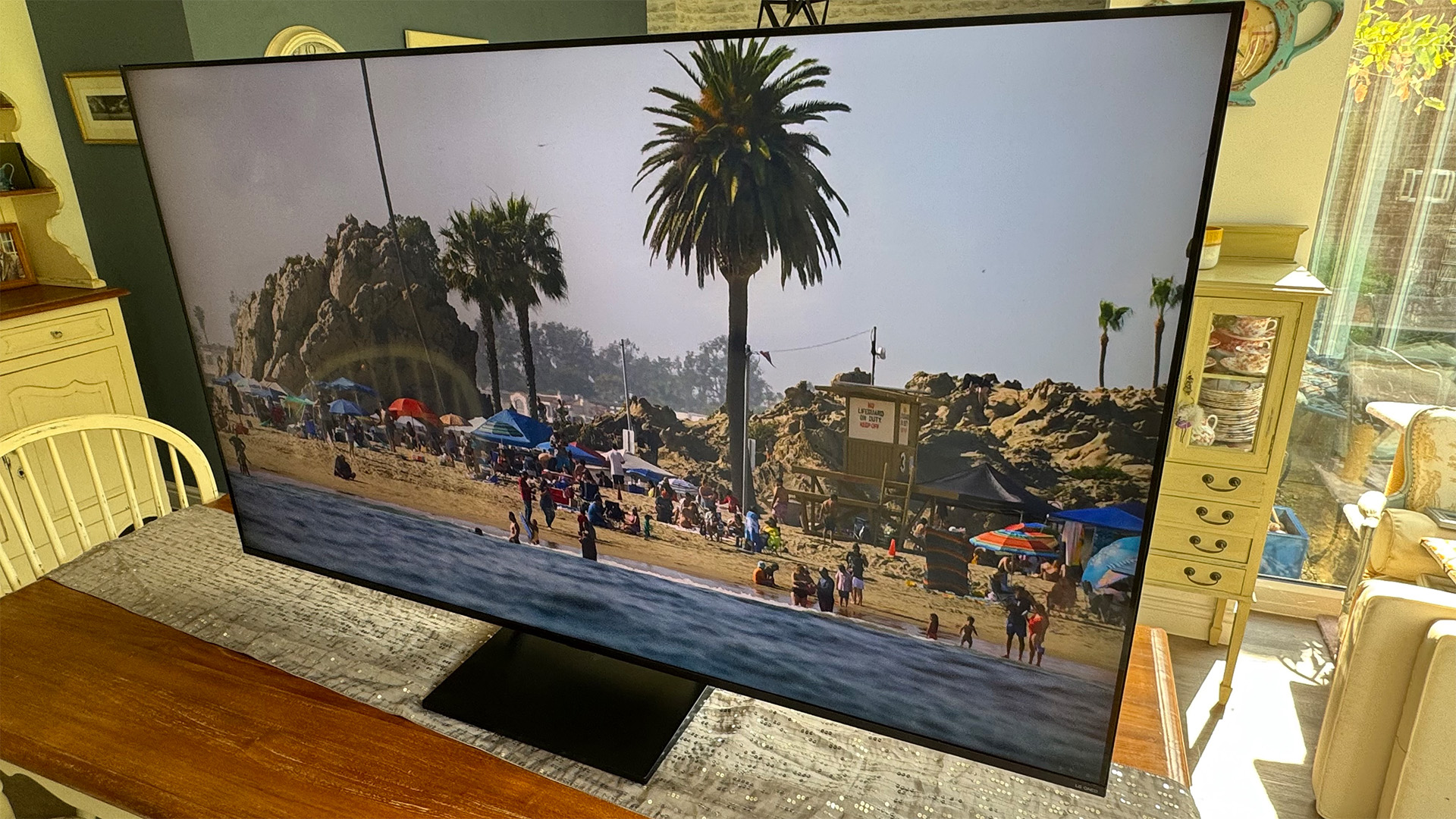
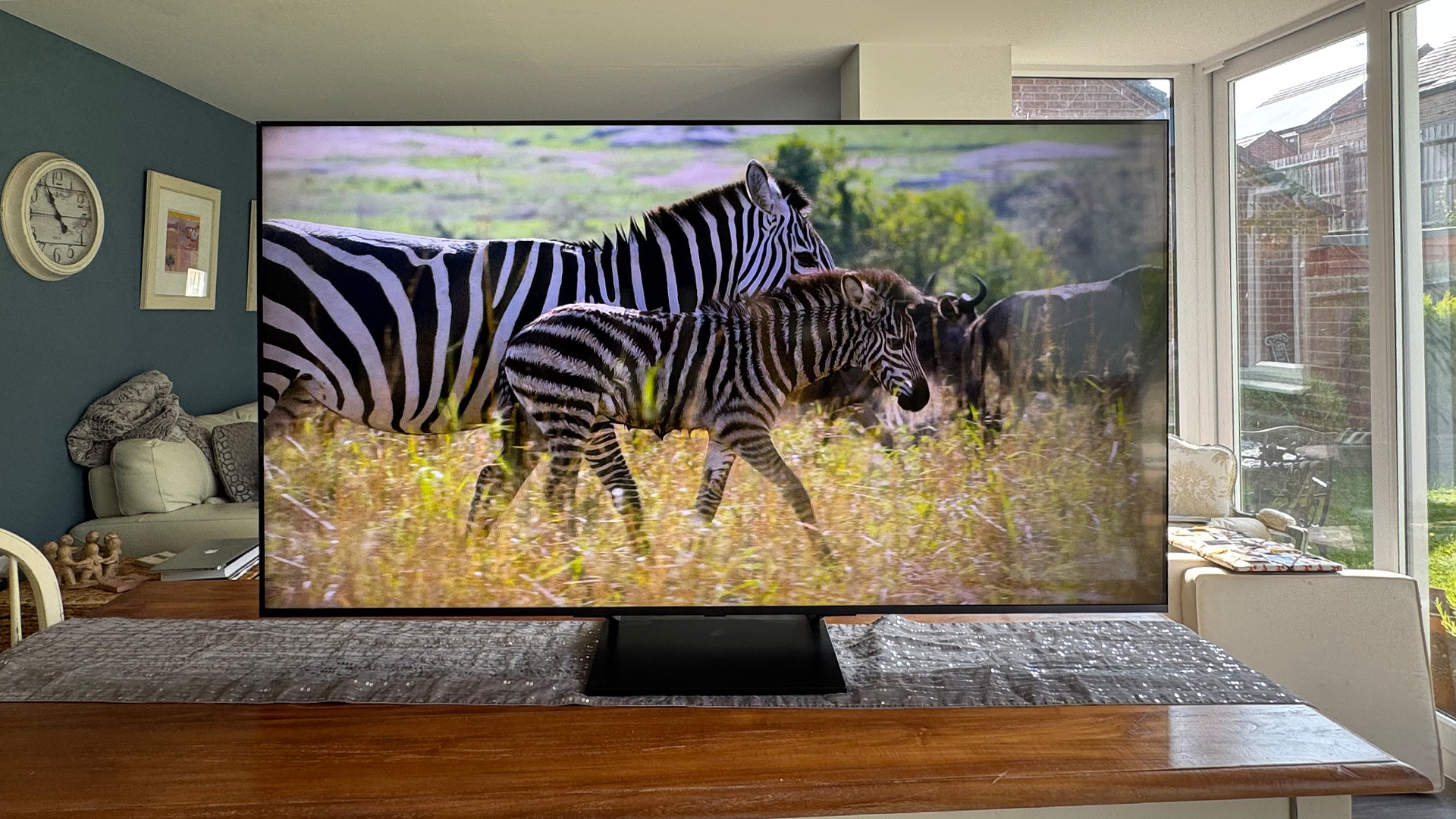
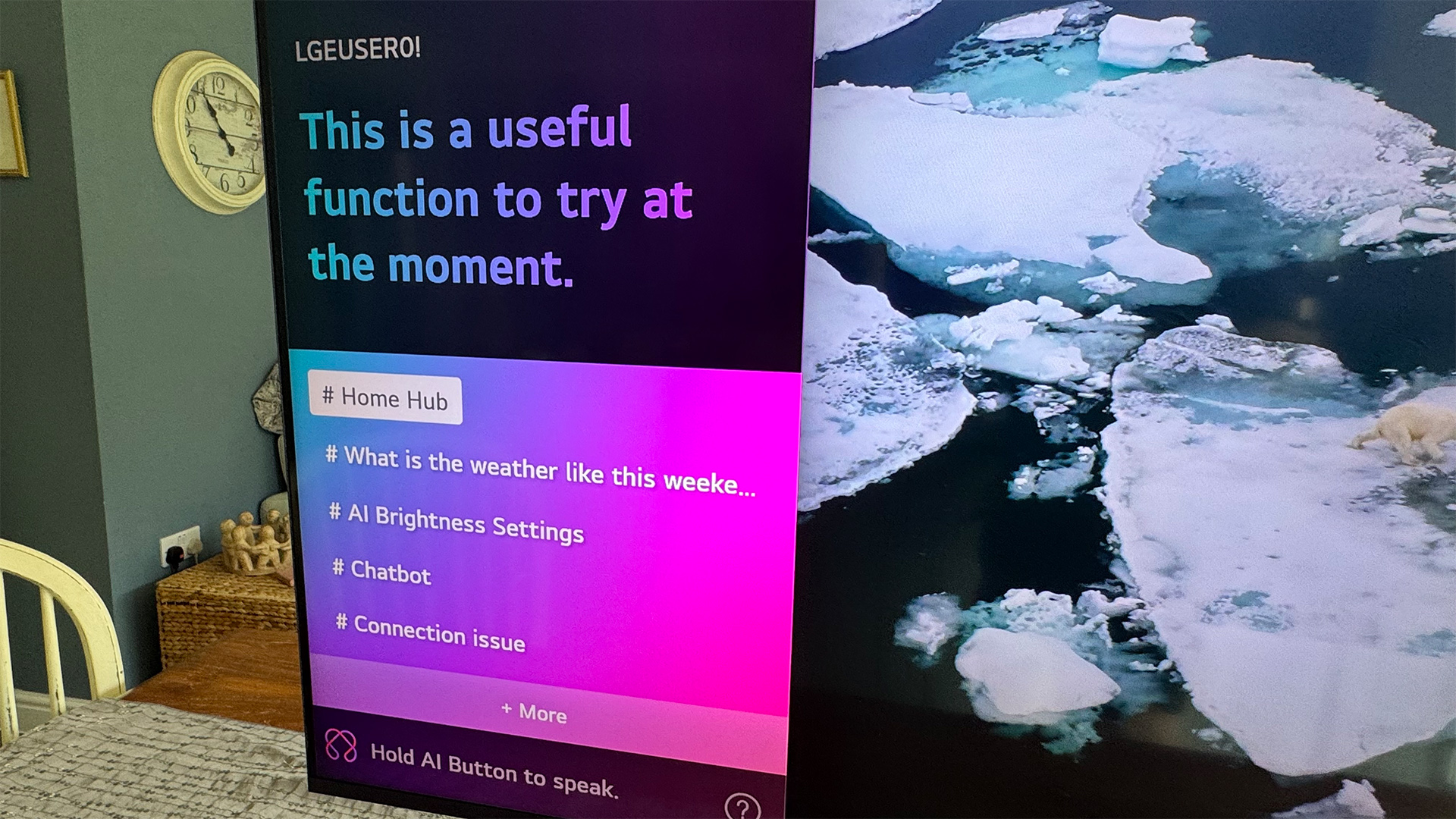
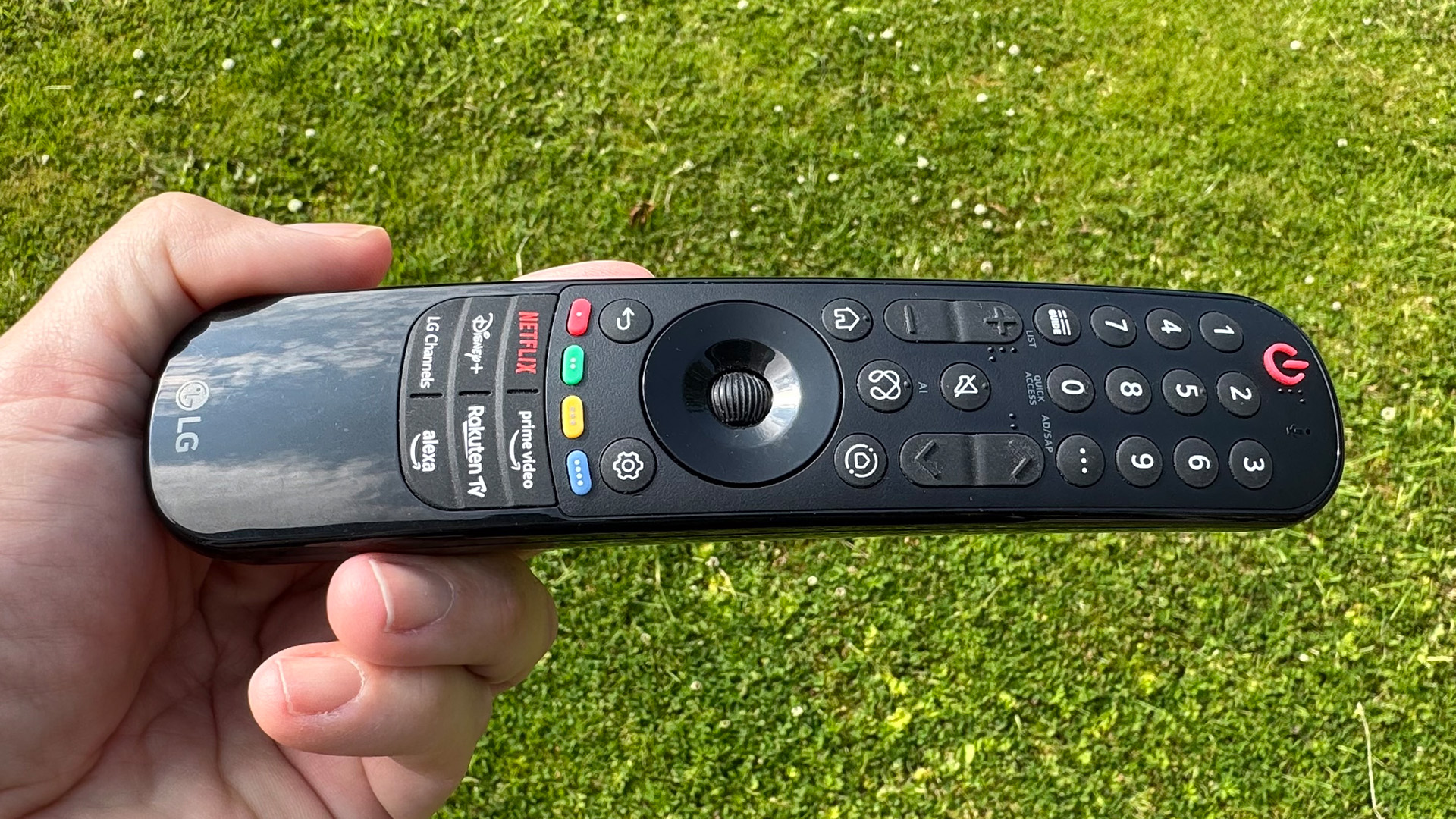
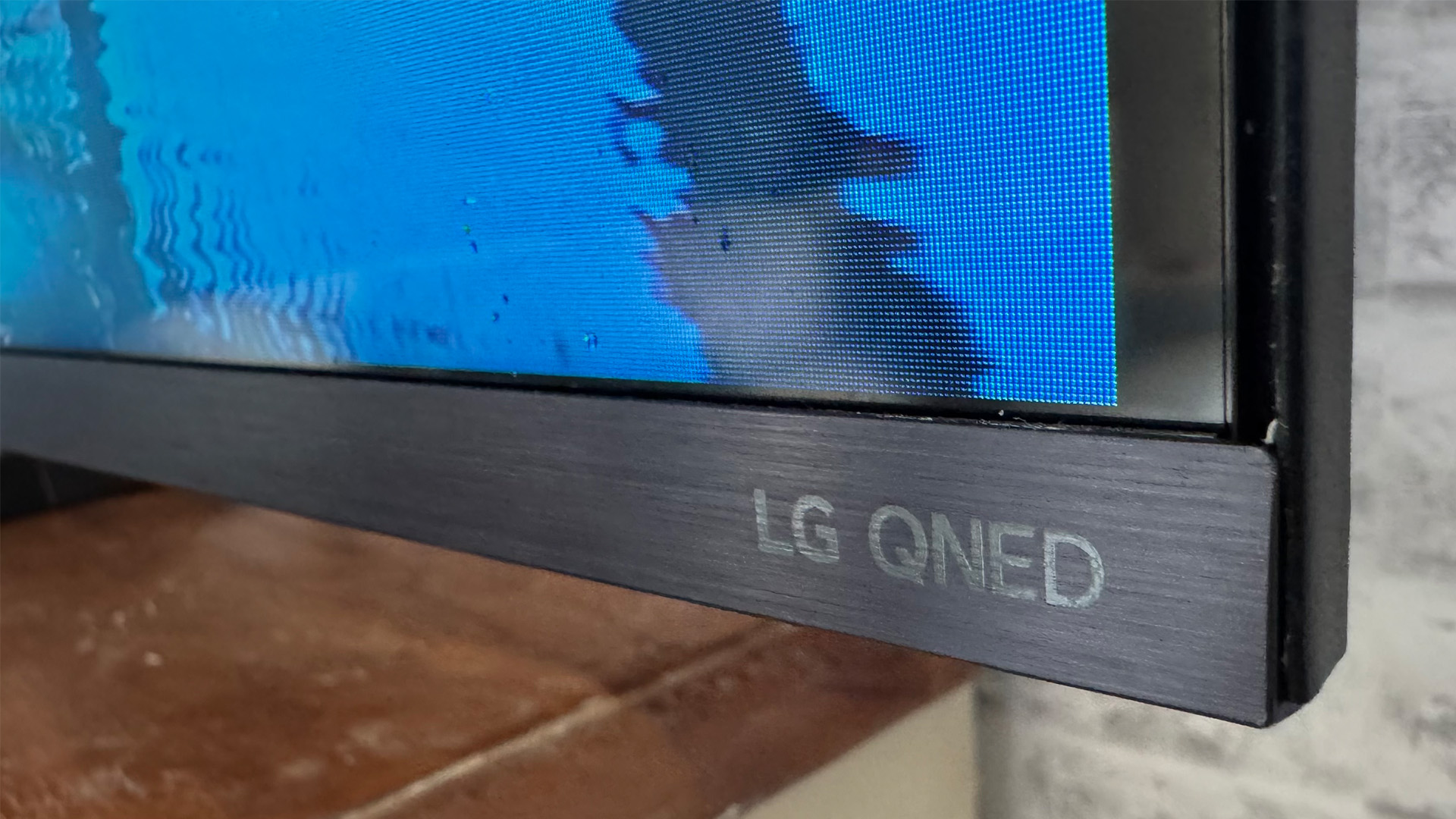
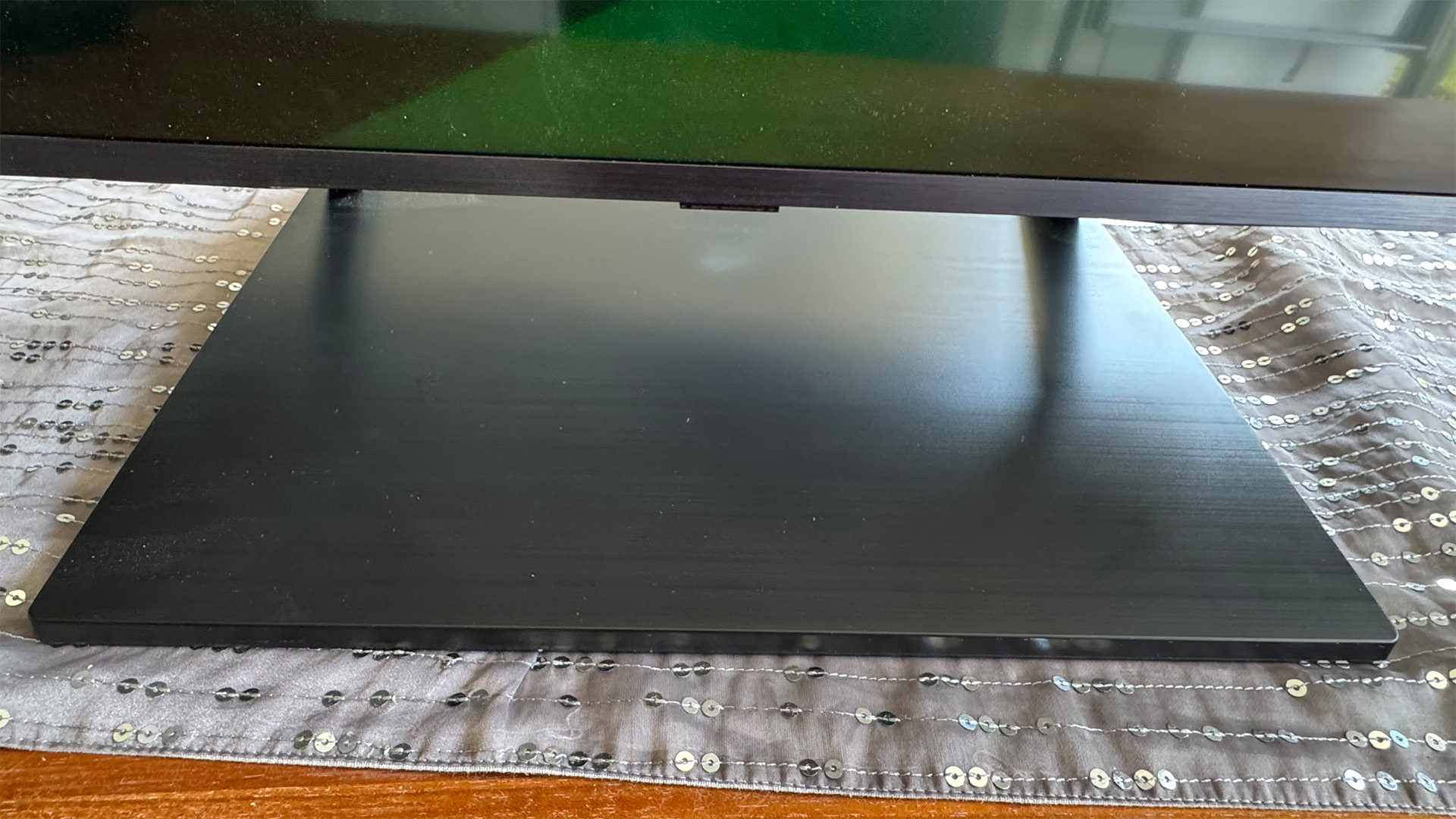
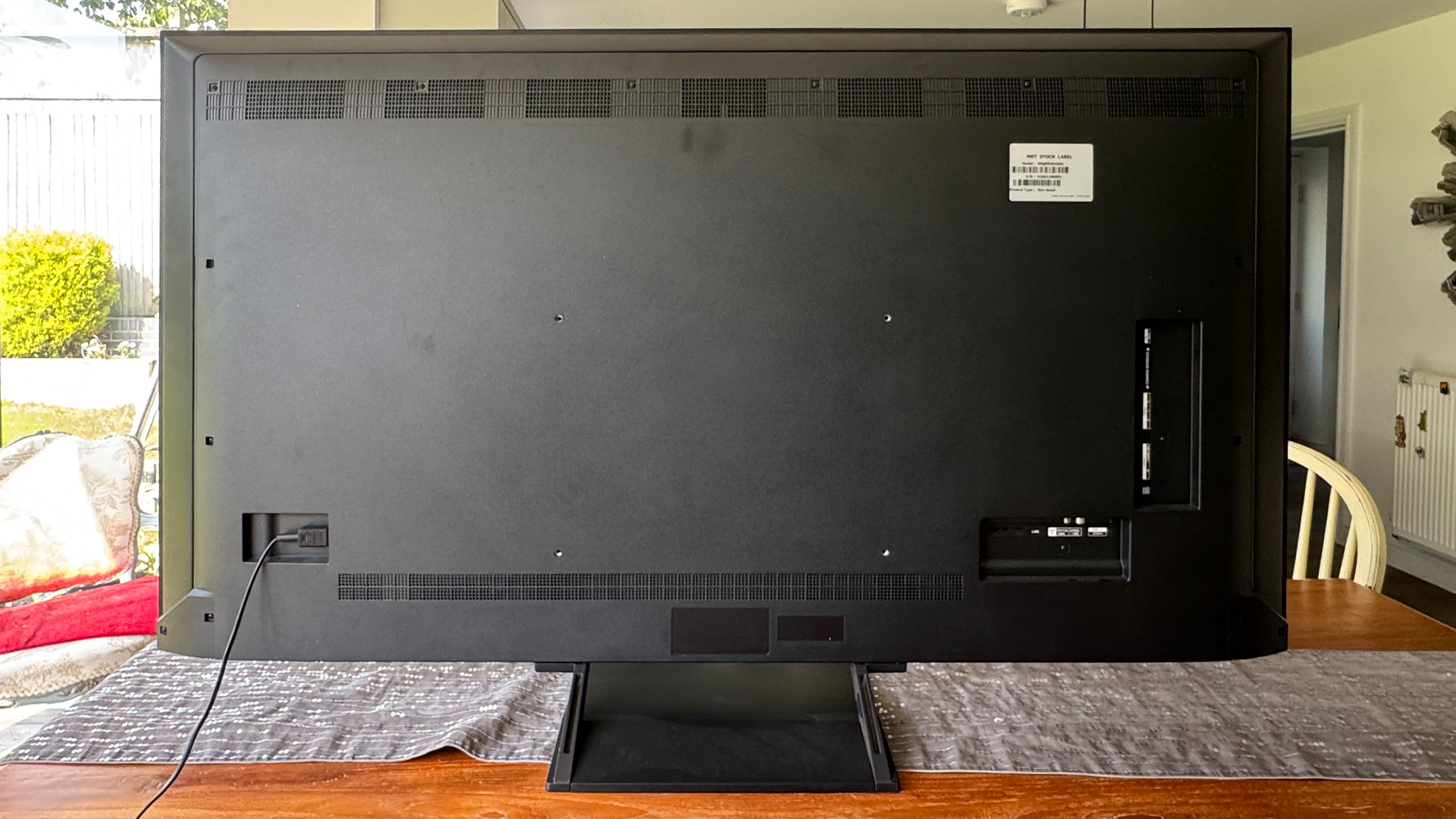
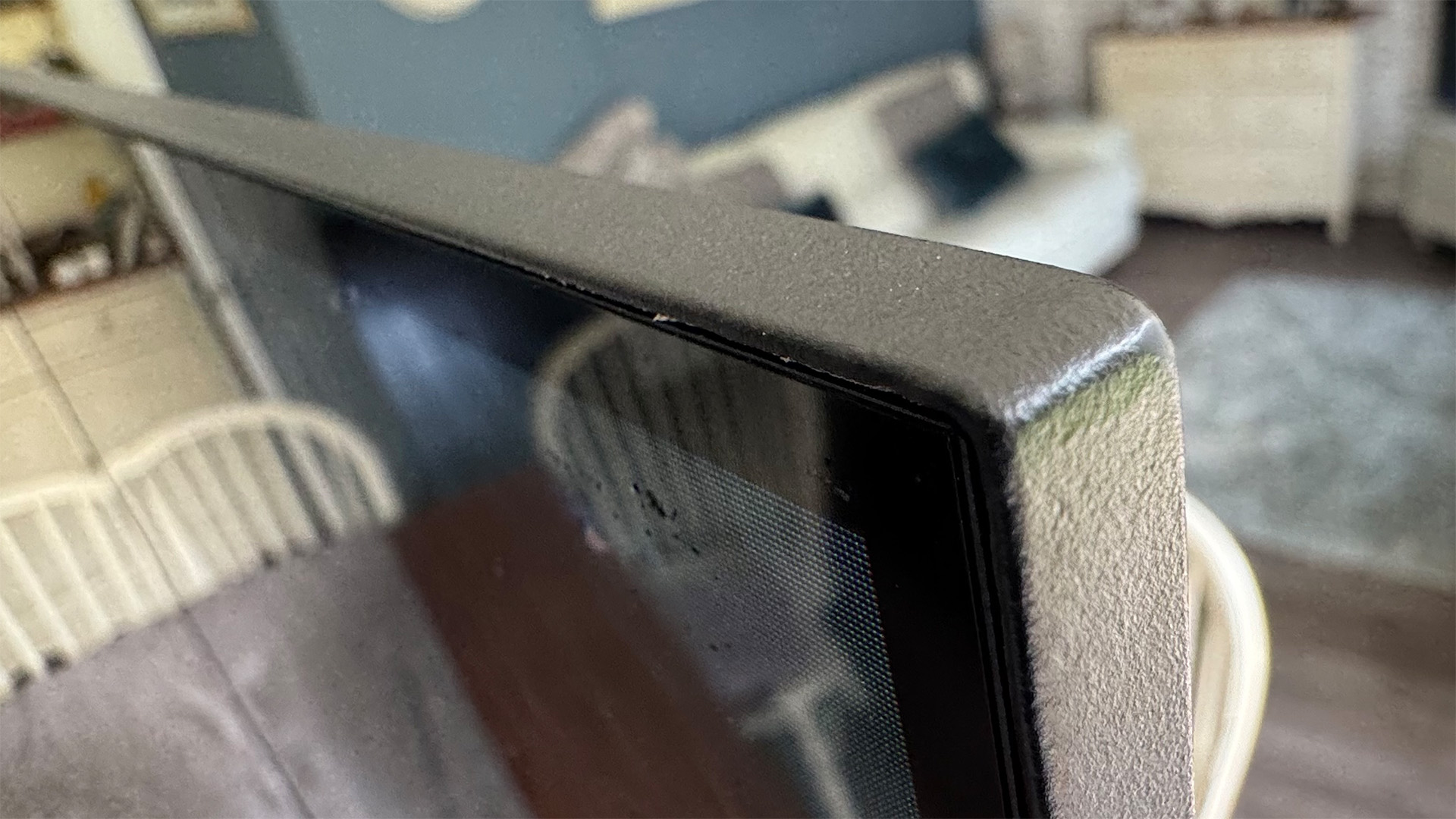
Let’s start with black levels – a key area where most Mini LED sets struggle. This is largely because they still charge “zones” of the panel rather than individual pixels, which means many have a distinctly grey quality, even in the upper end of the market.
The QNED93, while still not perfect, does a noble job keeping blacks suitably inky, with our reviewers reporting: “Dark scenes contain blacks that actually look black. Not grey, not green, not blue, but genuinely black.”
Equally, during difficult test scenes with mixed light and dark sections, blooming is under control, with our testers finding it to be one of the lowest offenders we have tested this year.
Blooming – where there is a noticeable halo around bright sections of a picture set over, or in close proximity to dark segments – is a phenomenon common to all the Mini LED sets we have tested.
This and its stellar brightness levels let it deliver a wonderful picture full of contrast for both movies and games – to the point it has dethroned the longstanding Samsung QN95D as the recommended option for gamers in our best Mini LED TV buying guide.
Why, then, does it get only a four, rather than five-star rating? There are two key reasons. First, while its picture is fantastic by Mini LED standards, its price is an issue.
Though it costs less than LG’s equivalent OLED, the LG C5, it is still firmly in OLED territory. For the same money you could buy an equivalently sized LG C4 – which is still a fantastic option and brings some key benefits.
The biggest is its pixel-level light control. While the QNED93 does an admirable job in managing its dimming zones, it can’t compete with an OLED's perfect blacks here.
And, during particularly difficult scenes with rapid shifts from extremely bright to dark segments, there is still a noticeable – and rather distracting – fluctuation where the entire panel shifts.
This is common even in the upper end of the Mini LED market, with nearly every set we test, including the rival TCL C855K suffering from the same issue.
The LG’s audio is also particularly middling. As well as lacking the low-end heft required to make for a truly immersive home viewing experience, it is also prone to distortion, making a soundbar all but essential if you want the best results.
But, even with these caveats, this is still a fine TV, and one that shows there’s plenty of life and room for growth in Mini LED yet – even if it’s still not quite ready to take on OLED in the upper end of the market.
MORE:
These are the best 65-inch TVs we have tested
Our picks of the best soundbars
We rate the best OLED TVs

Alastair is What Hi-Fi?’s editor in chief. He has well over a decade’s experience as a journalist working in both B2C and B2B press. During this time he’s covered everything from the launch of the first Amazon Echo to government cyber security policy. Prior to joining What Hi-Fi? he served as Trusted Reviews’ editor-in-chief. Outside of tech, he has a Masters from King’s College London in Ethics and the Philosophy of Religion, is an enthusiastic, but untalented, guitar player and runs a webcomic in his spare time.
You must confirm your public display name before commenting
Please logout and then login again, you will then be prompted to enter your display name.
